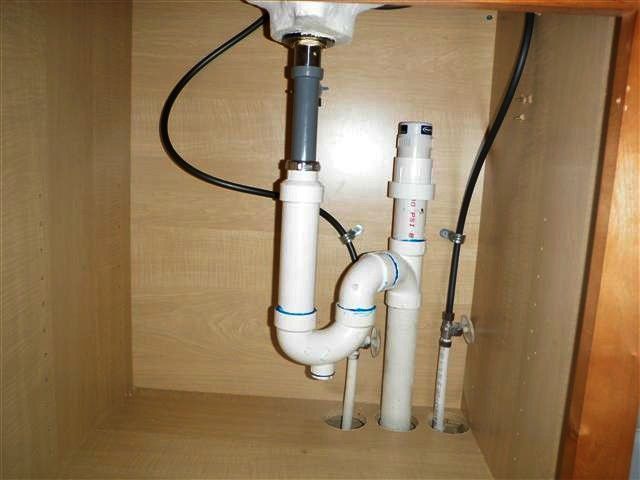Different Types of Pipe Materials
When it comes to plumbing and construction, choosing the right pipe material is crucial. The type of pipe you select can significantly impact the longevity and performance of your plumbing system. With a wide array of materials available, each with its unique properties, it’s essential to have a comprehensive understanding of the different types of pipe materials. In this guide, we’ll explore the most common pipe materials, their advantages, disadvantages, and typical applications.
1. PVC (Polyvinyl Chloride)
PVC pipes are among the most widely used materials in plumbing and construction. They are known for their affordability and versatility. Here are some key features of PVC pipes:
- Advantages:
- Cost-effective: PVC pipes are budget-friendly and readily available.
- Corrosion-resistant: They are immune to corrosion, making them suitable for various applications.
- Lightweight: PVC pipes are easy to handle and install.
- Non-conductive: They do not conduct electricity, reducing the risk of electrical accidents.
- Disadvantages:
- Limited temperature range: PVC pipes are not suitable for very hot water systems.
- Vulnerable to UV rays: Exposure to sunlight can degrade PVC pipes over time.
- Applications:
- Drainage systems
- Irrigation
- Electrical conduits
2. Copper
Copper pipes have been a plumbing staple for decades due to their excellent durability and heat conductivity. Here’s what you need to know about copper pipes:
- Advantages:
- Longevity: Copper pipes can last for decades without corrosion or degradation.
- Heat resistance: They can withstand high temperatures, making them ideal for hot water systems.
- Bacteria-resistant: Copper has natural antimicrobial properties, promoting clean water.
- Disadvantages:
- Expensive: Copper pipes are more costly than some other materials.
- Prone to theft: Copper’s scrap value can make it a target for theft on construction sites.
- Applications:
- Potable water supply
- Heating systems
- Refrigerant lines
3. PEX (Cross-linked Polyethylene)
PEX pipes are relatively new but have gained popularity rapidly due to their flexibility and ease of installation. Here’s a closer look at PEX pipes:
- Advantages:
- Flexible: PEX pipes can bend without the need for fittings, reducing the risk of leaks.
- Corrosion-resistant: They don’t corrode or scale, ensuring a long lifespan.
- Cost-effective: PEX pipes are competitively priced.
- Disadvantages:
- Not suitable for outdoor use: PEX can deteriorate when exposed to sunlight.
- Vulnerable to rodents: Some rodents may chew through PEX pipes.
- Applications:
- Residential plumbing
- Radiant heating systems
- Snow melting systems
4. Galvanized Steel
Galvanized steel pipes were once popular but are now less commonly used due to their susceptibility to corrosion. However, they still have some applications:
- Advantages:
- Strong and durable: Galvanized steel pipes can withstand high pressure.
- Ideal for underground use: They can resist soil corrosion.
- Disadvantages:
- Corrosion over time: Galvanized pipes can rust from the inside, leading to reduced water flow.
- Applications:
- Water mains (historically)
- Fire sprinkler systems

5. CPVC (Chlorinated Polyvinyl Chloride)
CPVC pipes are a variation of PVC pipes, specifically designed for hot water systems. They come with their own set of characteristics:
- Advantages:
- Can handle hot water: CPVC pipes are suitable for hot water supply lines.
- Corrosion-resistant: They do not corrode, even with hot water.
- Disadvantages:
- Not as versatile as PVC: CPVC is primarily for hot water applications.
- Applications:
- Hot water supply lines
- Residential plumbing
Conclusion
In conclusion, choosing the right pipe material is a critical decision in any plumbing or construction project. Each type of pipe material has its own set of advantages and disadvantages, and the choice should be based on the specific needs of your project. PVC, copper, PEX, galvanized steel, and CPVC are just a few options available, and understanding their properties and applications is key to a successful plumbing system.
Remember that proper installation and maintenance are equally important as the choice of material. Regular inspections and maintenance can prolong the life of your plumbing system regardless of the material used. Visit hi-techplumbingandair.com/service-areas/royal-palm-beach/ where you will find lots of great information and practical advice about plumbing.





